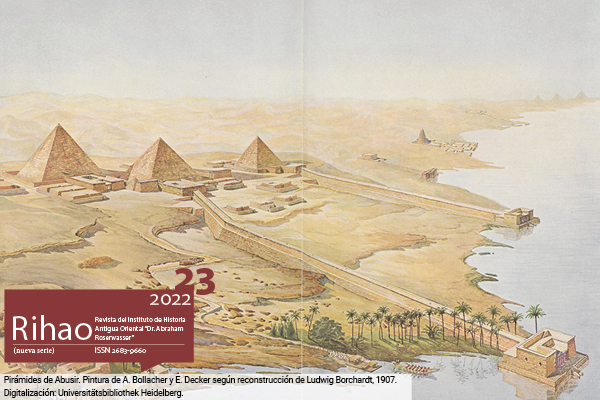Los The Last Days of El Amarna: Crisis, Transition and Restoration
Abstract
Contemporary and later sources reflect a series of socio-economic and political factors that exacerbated the government crisis during the reign of Akhenaten.Excessively centralizing the economy in the new capital, Akhetaten, along with the undoing of the natural inclusion of different social groups withinthe civil bureaucracy, the army, and the temples by the appointment of “new” and inexperienced officials, slowly undermined his authority. These measuresimplemented by Akhenaten, together with aggravating circumstances such as epidemics and/or diseases—which would have affected not only Egypt butalso several regions of the Levant—contributed to a crisis of power, the abandonment of the new capital, and the restoration of traditional cults in Thebesduring the reign of Tutankhamun. New archaeological evidence at Amarna allows us to interpret changes in burial patterns and in the practices of privateworship of ancestors and gods (at the popular level) as evidence of a complex economic-social and political phenomenon that arose during a time of crisis. Bythe beginning of Tutankhamun’s reign, the city of El Amarna was abandoned, and the new king attempted to implement a strategic policy of restoring thestate in three spheres: the social (the re-establishment of traditional families), the political (the ascendant power of Ay), and the economic (the delivery ofresources to the clergy of Amun). But the restoration that Tutankhamun inaugurated came at a great cost and could only be completed under Horemheb,who acted with the support of the army.Downloads
Download data is not yet available.
Published
2022-12-16
How to Cite
Gestoso Singer, G. (2022). Los The Last Days of El Amarna: Crisis, Transition and Restoration. Revista Del Instituto De Historia Antigua Oriental ’Dr. Abraham Rosenvasser’, (23). https://doi.org/10.34096/rihao.n23.12305
Issue
Section
Artículos





.jpg)








